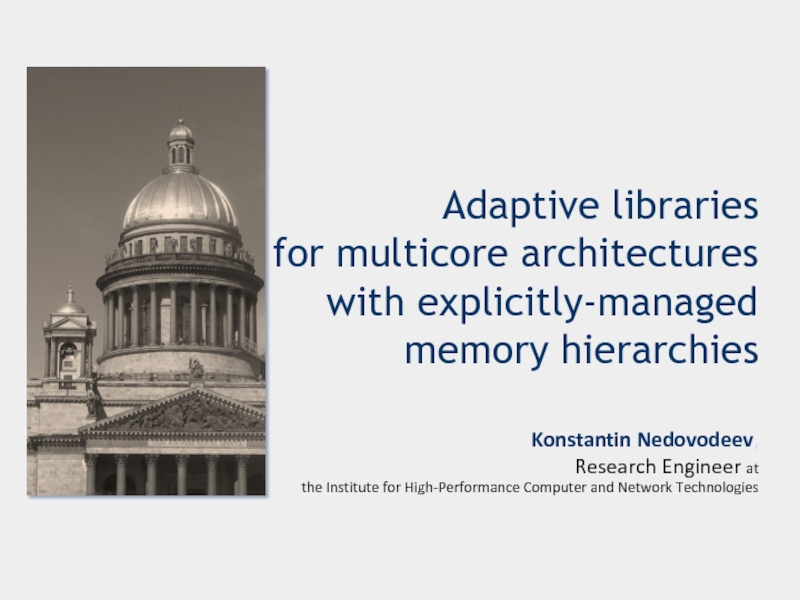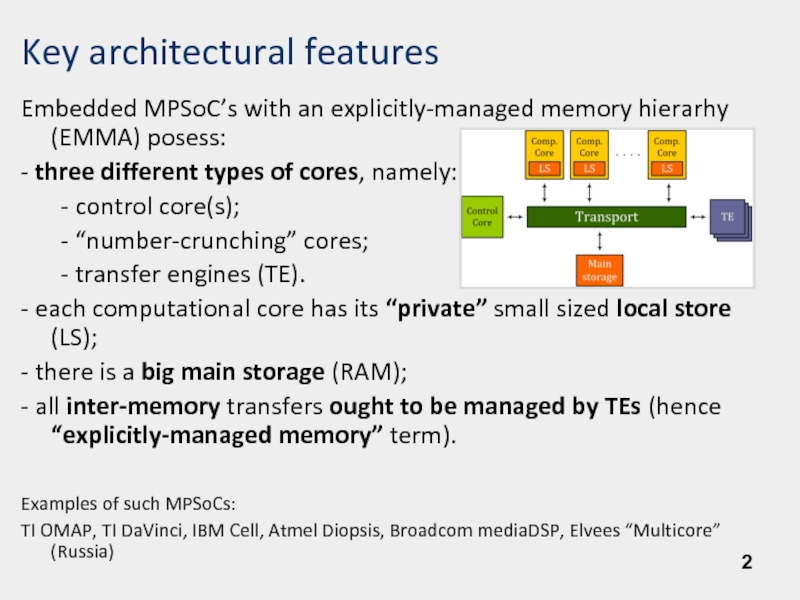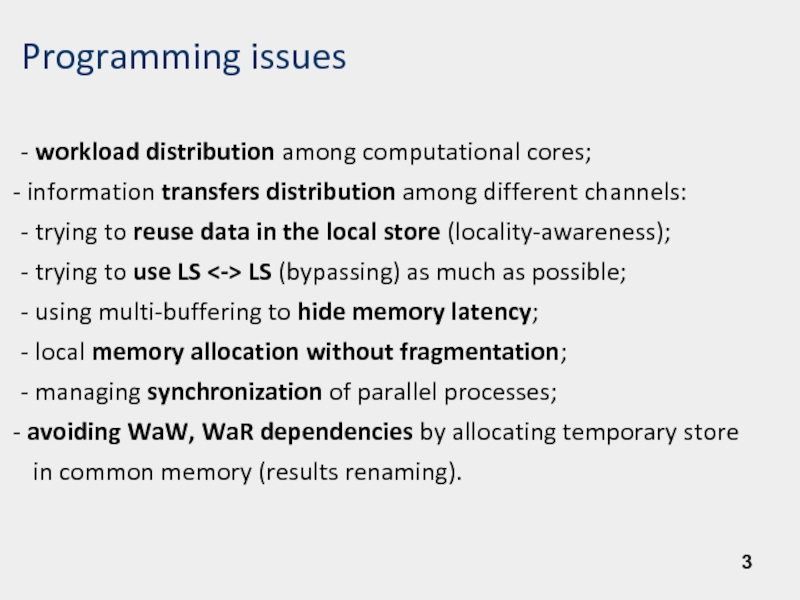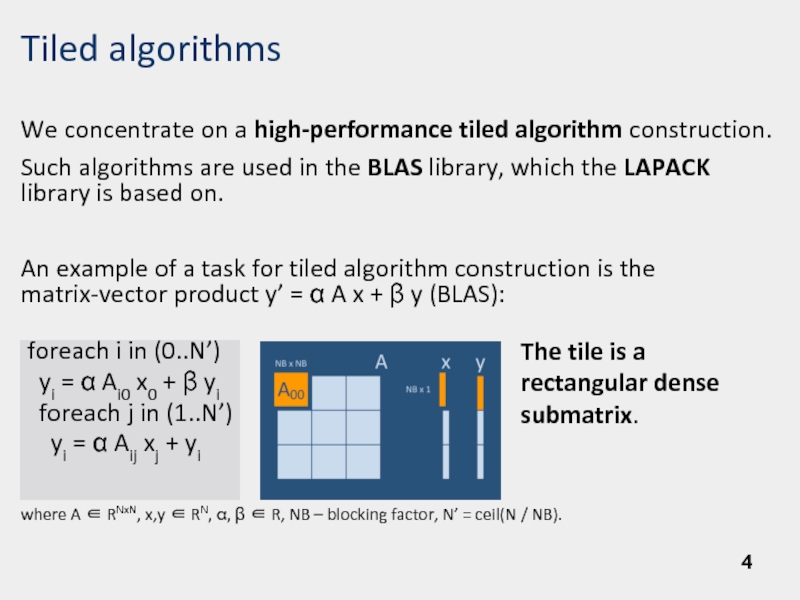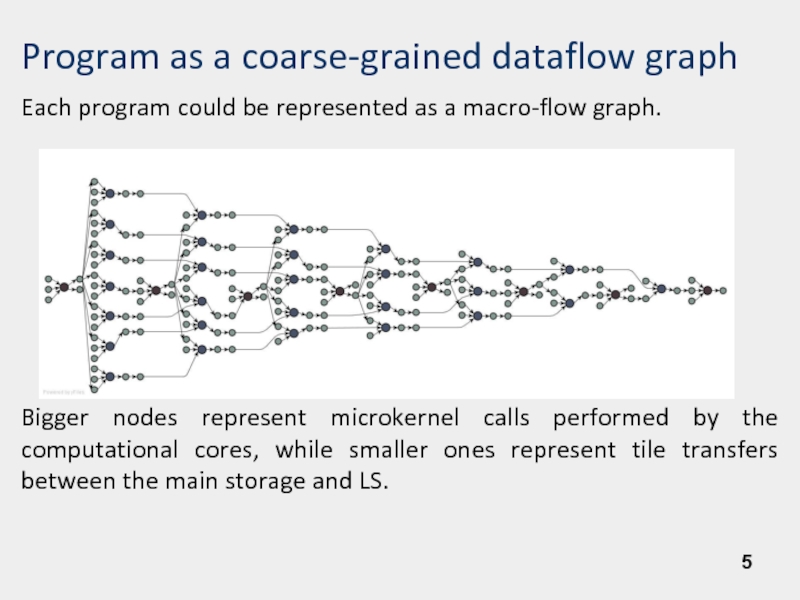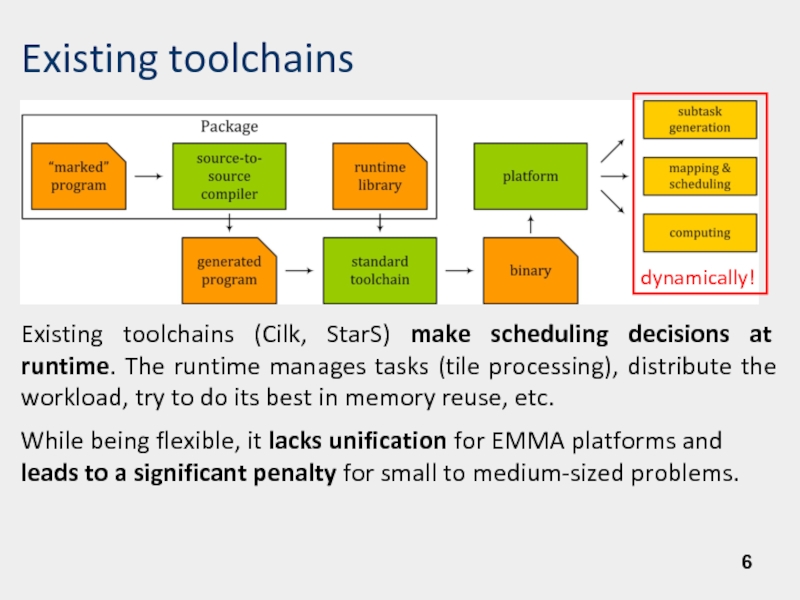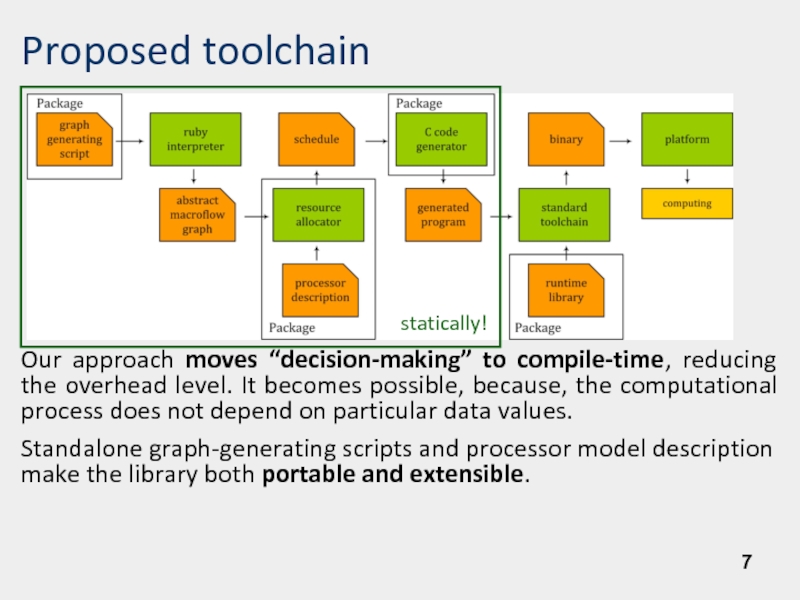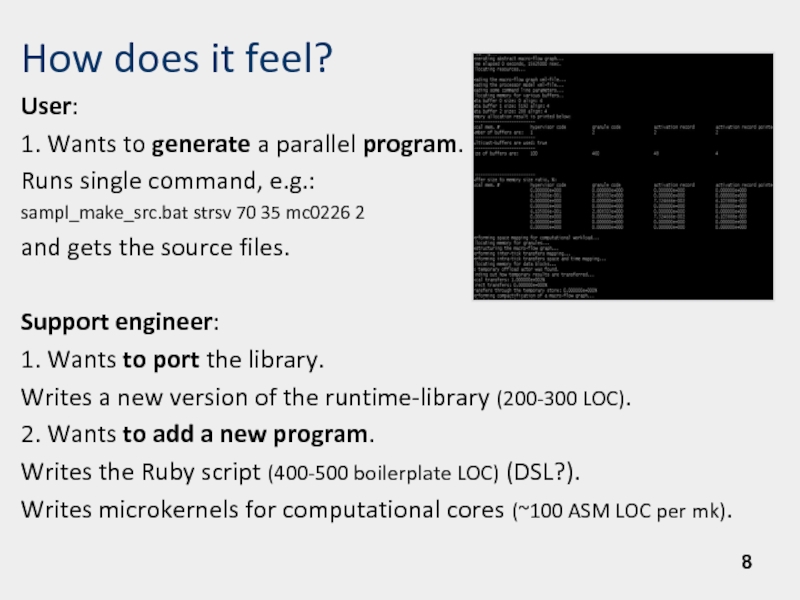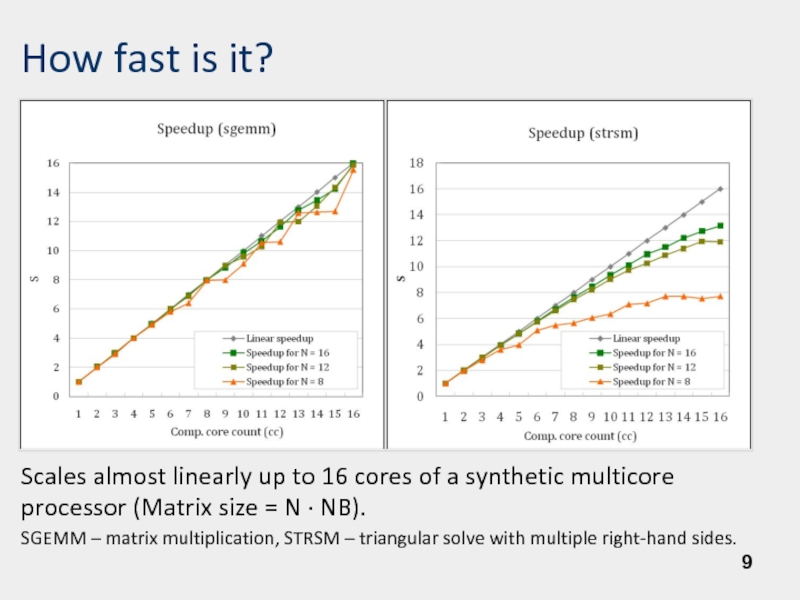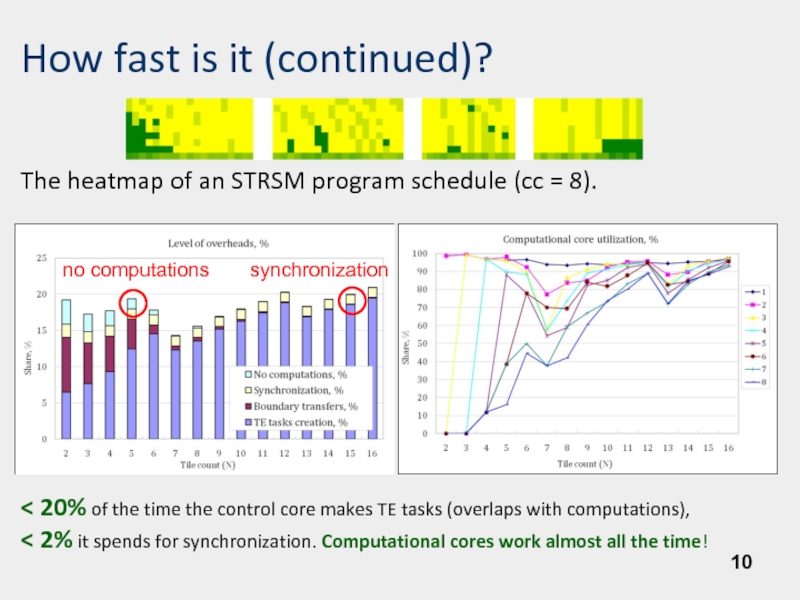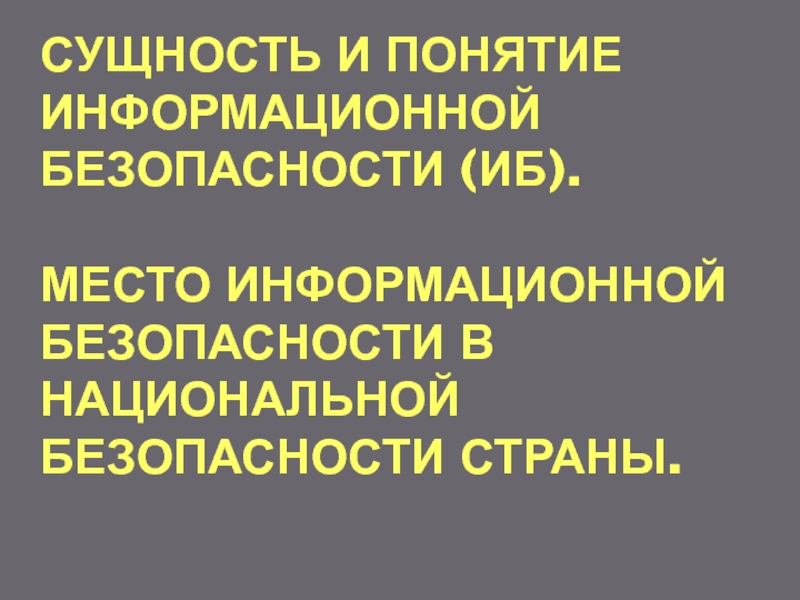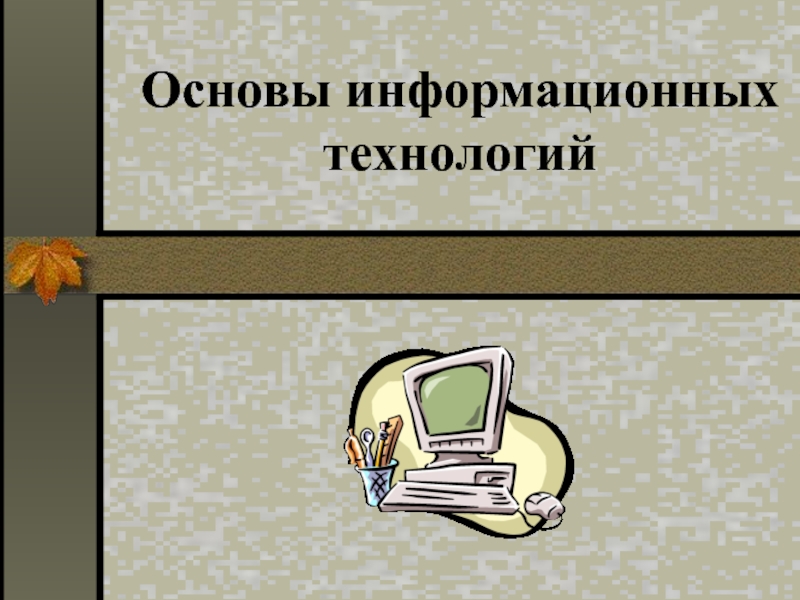at
the Institute for High-Performance Computer and Network Technologies
- Главная
- Разное
- Дизайн
- Бизнес и предпринимательство
- Аналитика
- Образование
- Развлечения
- Красота и здоровье
- Финансы
- Государство
- Путешествия
- Спорт
- Недвижимость
- Армия
- Графика
- Культурология
- Еда и кулинария
- Лингвистика
- Английский язык
- Астрономия
- Алгебра
- Биология
- География
- Детские презентации
- Информатика
- История
- Литература
- Маркетинг
- Математика
- Медицина
- Менеджмент
- Музыка
- МХК
- Немецкий язык
- ОБЖ
- Обществознание
- Окружающий мир
- Педагогика
- Русский язык
- Технология
- Физика
- Философия
- Химия
- Шаблоны, картинки для презентаций
- Экология
- Экономика
- Юриспруденция
Adaptive libraries for multicore architectures with explicitly-managed memory hierarchies презентация
Содержание
- 1. Adaptive libraries for multicore architectures with explicitly-managed memory hierarchies
- 2. Key architectural features Embedded MPSoC’s with an
- 3. Programming issues - workload distribution among
- 4. Tiled algorithms We concentrate on
- 5. Program as a coarse-grained dataflow graph Each
- 6. Existing toolchains
- 7. Proposed toolchain
- 8. How does it feel? User: 1.
- 9. How fast is it?
- 10. How fast is it (continued)?
Слайд 1Adaptive libraries
for multicore architectures
with explicitly-managed
memory hierarchies
Konstantin Nedovodeev,
Research Engineer
Слайд 2Key architectural features
Embedded MPSoC’s with an explicitly-managed memory hierarhy (EMMA) posess:
-
three different types of cores, namely:
- control core(s);
- “number-crunching” cores;
- transfer engines (TE).
- each computational core has its “private” small sized local store (LS);
- there is a big main storage (RAM);
- all inter-memory transfers ought to be managed by TEs (hence “explicitly-managed memory” term).
Examples of such MPSoCs:
TI OMAP, TI DaVinci, IBM Cell, Atmel Diopsis, Broadcom mediaDSP, Elvees “Multicore” (Russia)
- control core(s);
- “number-crunching” cores;
- transfer engines (TE).
- each computational core has its “private” small sized local store (LS);
- there is a big main storage (RAM);
- all inter-memory transfers ought to be managed by TEs (hence “explicitly-managed memory” term).
Examples of such MPSoCs:
TI OMAP, TI DaVinci, IBM Cell, Atmel Diopsis, Broadcom mediaDSP, Elvees “Multicore” (Russia)
Слайд 3Programming issues
- workload distribution among computational cores;
information transfers distribution among
different channels:
- trying to reuse data in the local store (locality-awareness);
- trying to use LS <-> LS (bypassing) as much as possible;
- using multi-buffering to hide memory latency;
- local memory allocation without fragmentation;
- managing synchronization of parallel processes;
avoiding WaW, WaR dependencies by allocating temporary store
in common memory (results renaming).
- trying to reuse data in the local store (locality-awareness);
- trying to use LS <-> LS (bypassing) as much as possible;
- using multi-buffering to hide memory latency;
- local memory allocation without fragmentation;
- managing synchronization of parallel processes;
avoiding WaW, WaR dependencies by allocating temporary store
in common memory (results renaming).
Слайд 4
Tiled algorithms
We concentrate on a high-performance tiled algorithm construction.
Such algorithms are
used in the BLAS library, which the LAPACK library is based on.
An example of a task for tiled algorithm construction is the matrix-vector product y’ = α A x + β y (BLAS):
foreach i in (0..N’)
yi = α Ai0 x0 + β yi
foreach j in (1..N’)
yi = α Aij xj + yi
where A ∈ RNxN, x,y ∈ RN, α, β ∈ R, NB – blocking factor, N’ = ceil(N / NB).
An example of a task for tiled algorithm construction is the matrix-vector product y’ = α A x + β y (BLAS):
foreach i in (0..N’)
yi = α Ai0 x0 + β yi
foreach j in (1..N’)
yi = α Aij xj + yi
where A ∈ RNxN, x,y ∈ RN, α, β ∈ R, NB – blocking factor, N’ = ceil(N / NB).
The tile is a rectangular dense submatrix.
Слайд 5Program as a coarse-grained dataflow graph
Each program could be represented as
a macro-flow graph.
Bigger nodes represent microkernel calls performed by the computational cores, while smaller ones represent tile transfers between the main storage and LS.
Bigger nodes represent microkernel calls performed by the computational cores, while smaller ones represent tile transfers between the main storage and LS.
Слайд 6Existing toolchains
Existing toolchains (Cilk, StarS) make scheduling decisions at runtime. The
runtime manages tasks (tile processing), distribute the workload, try to do its best in memory reuse, etc.
While being flexible, it lacks unification for EMMA platforms and leads to a significant penalty for small to medium-sized problems.
While being flexible, it lacks unification for EMMA platforms and leads to a significant penalty for small to medium-sized problems.
dynamically!
Слайд 7Proposed toolchain
Our approach moves “decision-making” to compile-time, reducing the overhead level.
It becomes possible, because, the computational process does not depend on particular data values.
Standalone graph-generating scripts and processor model description make the library both portable and extensible.
Standalone graph-generating scripts and processor model description make the library both portable and extensible.
statically!
Слайд 8How does it feel?
User:
1. Wants to generate a parallel program.
Runs
single command, e.g.:
sampl_make_src.bat strsv 70 35 mc0226 2
and gets the source files.
Support engineer:
1. Wants to port the library.
Writes a new version of the runtime-library (200-300 LOC).
2. Wants to add a new program.
Writes the Ruby script (400-500 boilerplate LOC) (DSL?).
Writes microkernels for computational cores (~100 ASM LOC per mk).
sampl_make_src.bat strsv 70 35 mc0226 2
and gets the source files.
Support engineer:
1. Wants to port the library.
Writes a new version of the runtime-library (200-300 LOC).
2. Wants to add a new program.
Writes the Ruby script (400-500 boilerplate LOC) (DSL?).
Writes microkernels for computational cores (~100 ASM LOC per mk).
Слайд 9How fast is it?
Scales almost linearly up to 16 cores of
a synthetic multicore processor (Matrix size = N · NB).
SGEMM – matrix multiplication, STRSM – triangular solve with multiple right-hand sides.
SGEMM – matrix multiplication, STRSM – triangular solve with multiple right-hand sides.
Слайд 10How fast is it (continued)?
The heatmap of an STRSM program schedule
(cc = 8).
< 20% of the time the control core makes TE tasks (overlaps with computations),
< 2% it spends for synchronization. Computational cores work almost all the time!
< 20% of the time the control core makes TE tasks (overlaps with computations),
< 2% it spends for synchronization. Computational cores work almost all the time!
synchronization
no computations
